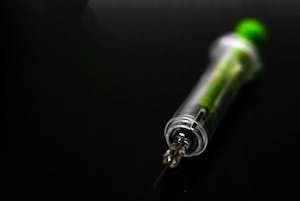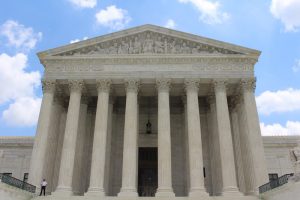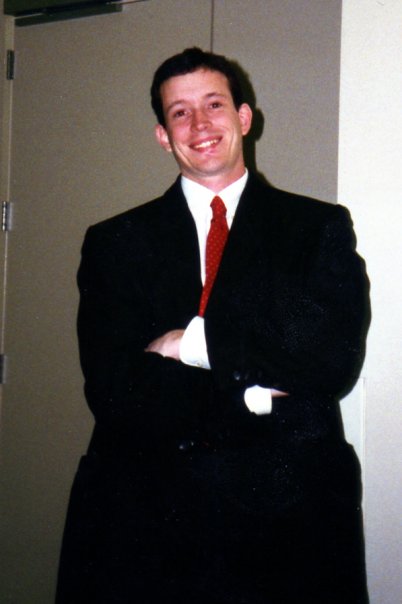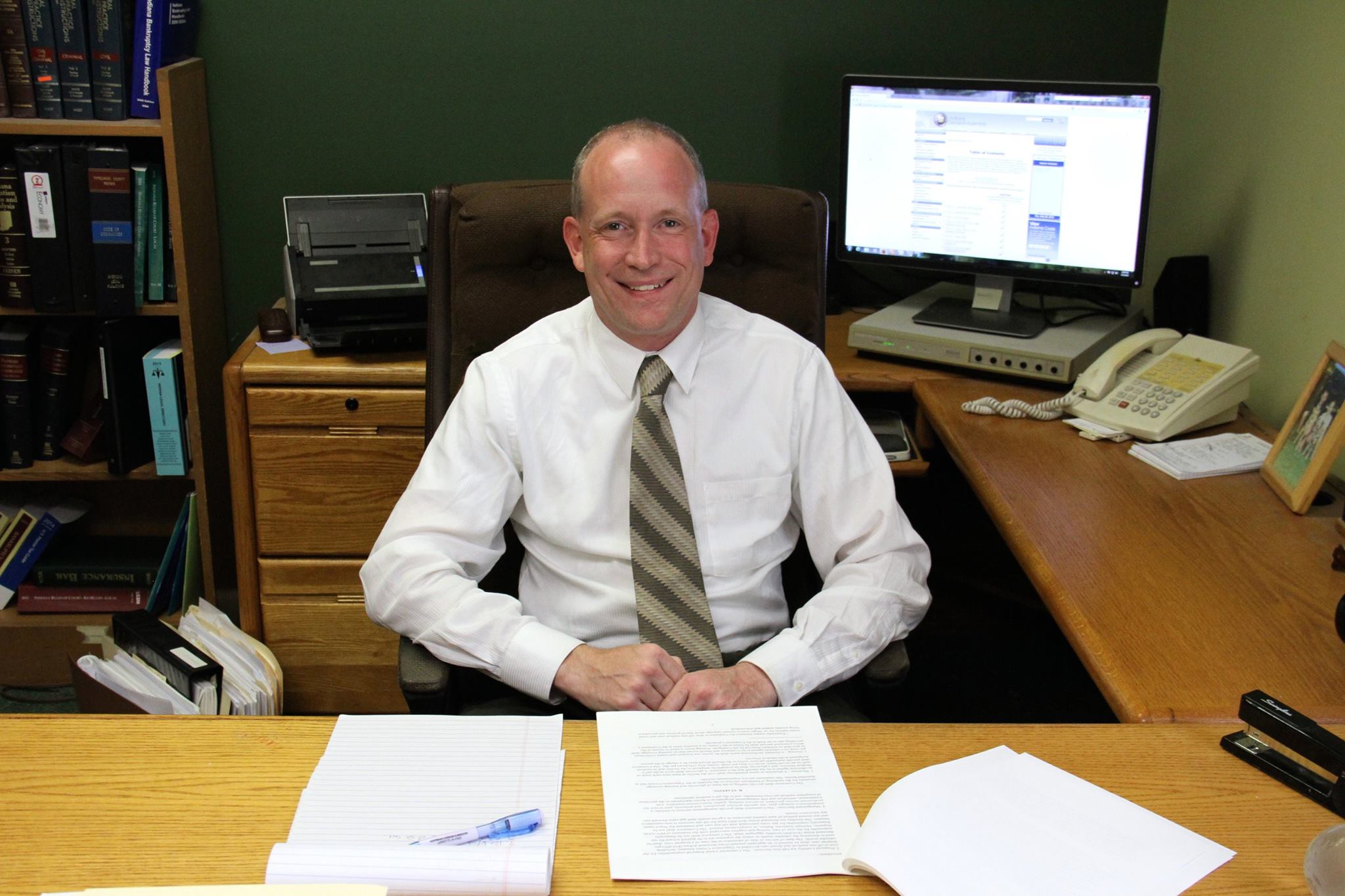Yesterday, I went to a symposium at the IU-McKinney School of Law in Indianapolis. It was billed as State Governments’ Role in Bridging the Urban/Rural Divide. The symposium wasn’t that, exactly. I heard a lot about concerns in rural Indiana, not so much about concerns in urban Indiana, little about getting urban to care about rural concerns, and nothing about getting rural to care about urban concerns.
But it was good nonetheless. The first part was about limited access to justice in rural areas — mainly there just aren’t as many lawyers per person. There was a bit about the ethical challenges rural attorneys face because conflicts are easy to come by with so few people in the area. The second major part was about gerrymandering. And the third main part was a presentation by Jim McClelland, the executive director of Indiana’s Drug Treatment, Prevention, and Enforcement division. (I’ve seen him referred to as Indiana’s Drug Czar.)
He is a supporter of Indiana’s syringe exchange programs. Saying he was initially opposed or uncertain about such programs, he said in the presentation that, among other things, his daughter’s experience as a nurse helped persuade him. This is contrary to Indiana’s Attorney General, Curtis Hill, who has been critical of such programs. From what I’ve seen anecdotally, these two are perhaps representative of the divide generally between law enforcement officials who tend to be opposed and policy-makers with more generalized responsibilities who tend to be cautiously in favor.
Opposition to the programs make intuitive sense. If you’re fighting arson, you don’t hand out cans of gasoline and matches. There’s a concern that if you give addicts needles and other paraphernalia necessary to take the opioid drugs, you’re just encouraging them, perhaps encouraging new users, and maybe making the problem worse. To those who view this as more of a health crisis than a criminal epidemic, the critique looks similar to opposition to handing out condoms for pregnancy and disease prevention on the grounds that it will promote sex.

Needles are cheaper than livers.
McClelland says that the evidence suggests that handing out needles doesn’t increase drug use. The primary utility is in reducing transmission of HIV and Hepatitis C which are hugely expensive to treat. I think he cited $400,000 per person for HIV. I don’t think he gave a number for Hepatitis C, but it isn’t cheap. He also said that, of course, needles alone aren’t a solution for reducing addiction. The utility of syringe exchanges in terms of trying to reduce the addiction problem is that it serves as a touch point with the system where you can try to get the addicts connected with medicine and counseling. McClelland gave some statistics about medicine without counseling and counseling without medicine. Neither was very good. Worse still was just trying to stop on your own. Access to the medications and qualified professionals is not very good. As he put it, “it’s easier to get high than to get help.”
There was a person in the audience who asked a question which he put in a more circumspect manner but basically suggested that, when addiction was seen as mostly a problem among minorities, it was not viewed as a health concern, but now that addiction is a problem among rural white communities, it’s viewed as less a criminal concern and more a health concern. McClelland declined to be drawn into that question, viewing his job as being to do what he can to help Indiana to mitigate this problem regardless of whether its policy approaches have been right or wrong in the past.
My exposure to Mr. McClelland was listening to him for 45 minutes, so this is not a hugely well-informed opinion, but I do get the distinct impression that Gov. Holcomb has made a good appointment for this job.


